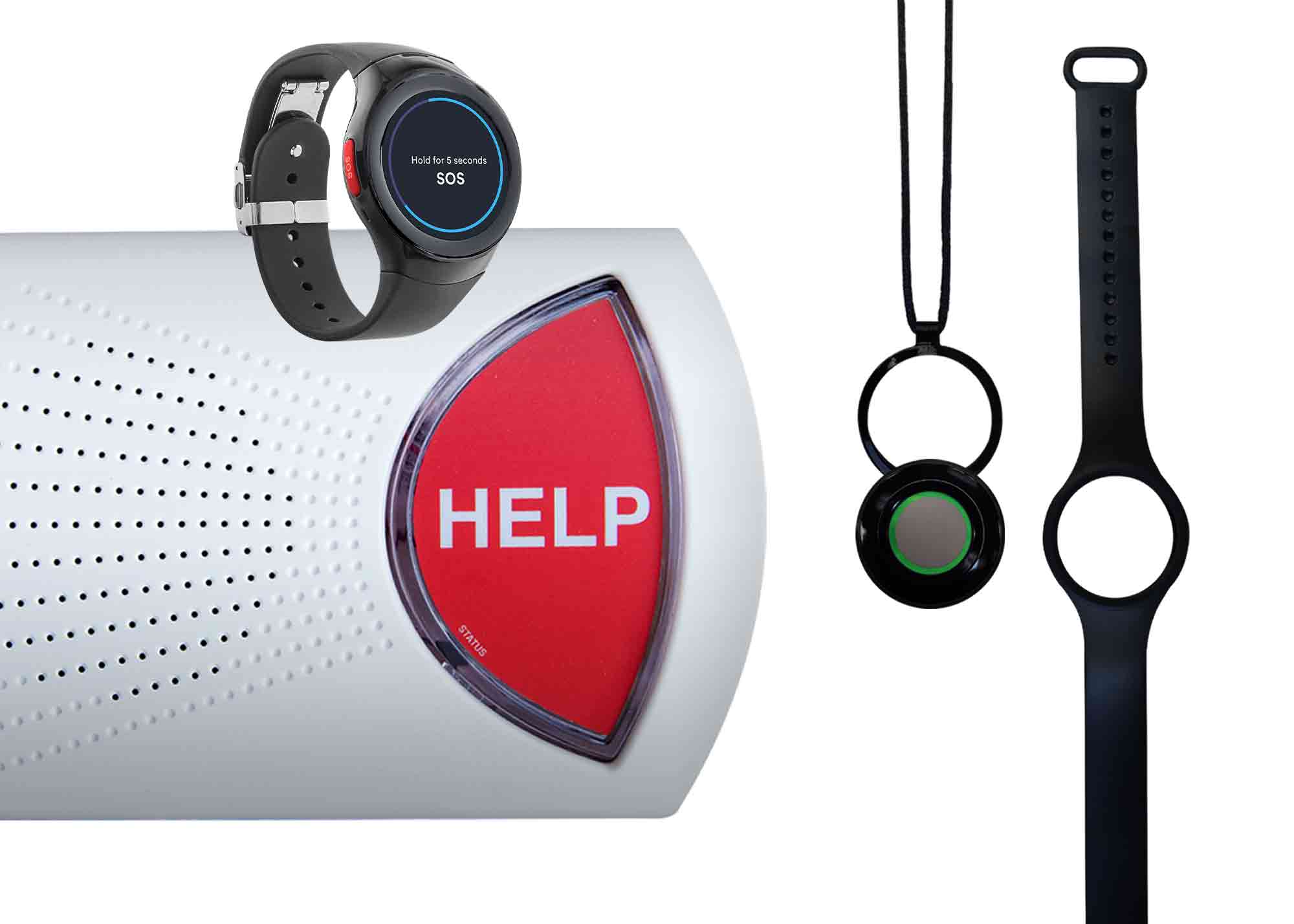Addressing risk factors can help prevent fall-related injury
July 7, 2011
Deteriorating health and hazardous homes can contribute to the risk off falls for elderly individuals. The U.S. Centers for Disease Control and Prevention (CDC) reports that 20 to 30 percent of falls result in severe injury for senior citizens, such as fractures and traumatic brain injuries.
“Most falls are never reported,” Jim Firman, the CEO of the National Council on Aging, told ABC News. “People don’t go to the hospital, they just go home and they’re injured, they nurse their injuries themselves.”
Medical alert systems systems can help prevent falls from going untreated. Elderly people can use medical alarms to get help if they fall and fear they may be hurt.
Prescription drugs may increase the odds of falling for an older adult, especially in the immediate wake of a medication switch, according to the American Academy of Family Physicians. Illnesses and poor eyesight can also affect balance, strength and depth perception.
Taking steps such as ensuring that a home is well-lit, and that an elderly person is wearing non-skid shoes can lower the risk of falls. Seniors can also exercise regularly, which may improve their coordination and strength and, in turn, prevent accidents that could result in injuries.

